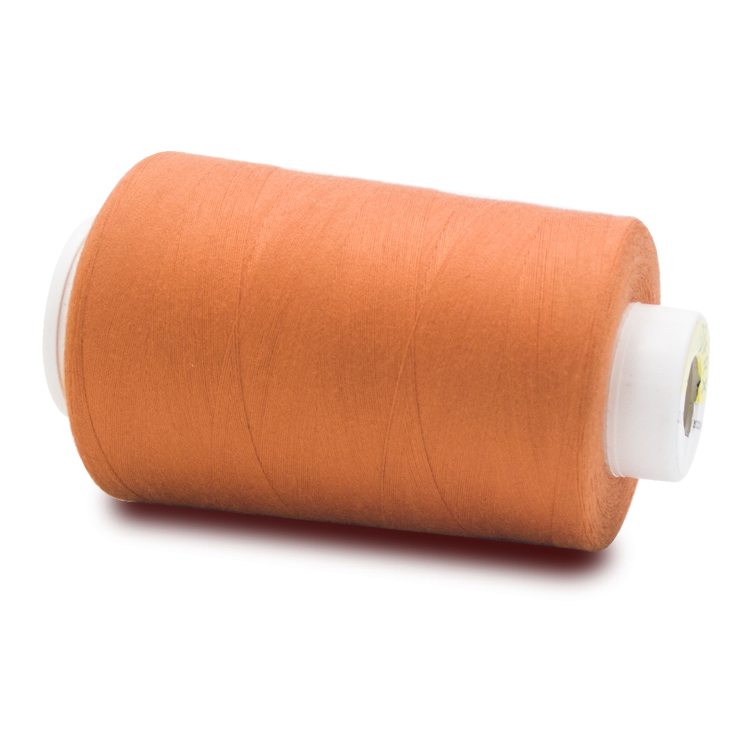
Analysis of the most complete yarn thread count defects(4)
(continued above)
(30) Teariness
Appearance: The weft yarn thread in the fabric is not straight, and the weft yarn thread in a small area bends in the same direction.
It is common for filament fibers to be used as warp yarns threads, staple fibers to be used as weft yarns threads, or fabrics whose warp yarns threads are much finer than weft yarns threads. For example, rich silk, woolen cloth, Oxford cloth and so on.
Causes of formation:
1) Fabric weave design is inappropriate, warp and weft interlacing point is prone to slip.
2) The weft density is relatively thin and the tension of warp yarn thread is too large during weaving.
3). In the process of dyeing and finishing, the cloth is overclamped by discontinuity.
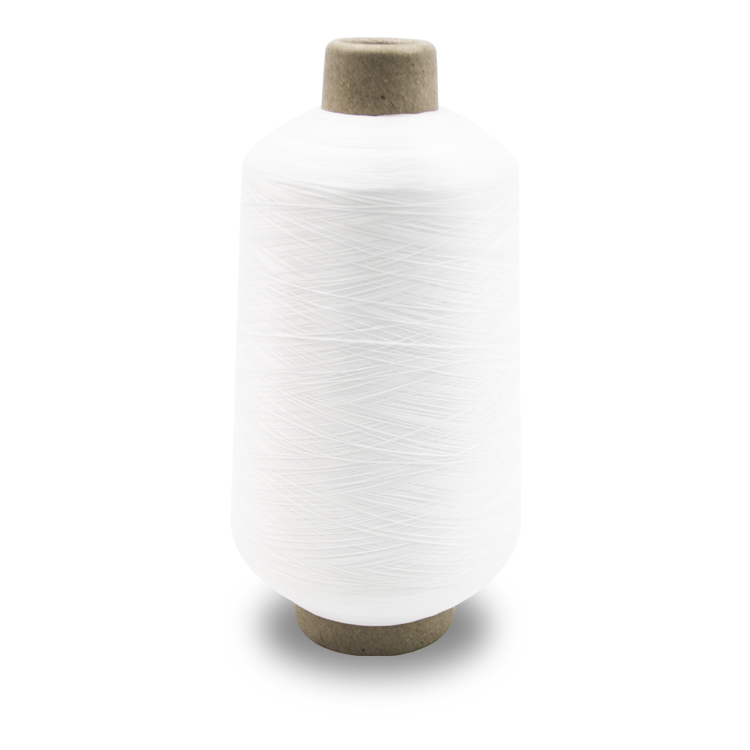
(31) Broken seelvage
Appearance: The edge yarn thread of the selvage breaks more than three pieces continuously, and the selvage breaks to form a defect.
Cause of formation:
1). Side yarn thread is subjected to excessive tension during weaving, so it breaks.
2). The side bracket is used improperly or the specifications are not in conformity, and the side yarn thread is broken.
(32) Tight selvage
Appearance: The selvage is straight, but the cloth in the vicinity of the selvage is loose.
The selvage is different from the cloth. If the cloth is flattened, the edge of the cloth is more tense than the cloth surface, or the cloth surface has a hanging pocket phenomenon.
Cause of formation: The warp yarn thread tension of fabric edge is too high during weaving.
(33) Slack selvage
Appearance: The cloth edge is uneven, like the shape of lotus leaf edge. If the cloth is flattened, the surface of the cloth is flat and the edge of the cloth is wrinkled or ear-shaped.
Cause: Warp tension used as selvage is too loose during weaving.
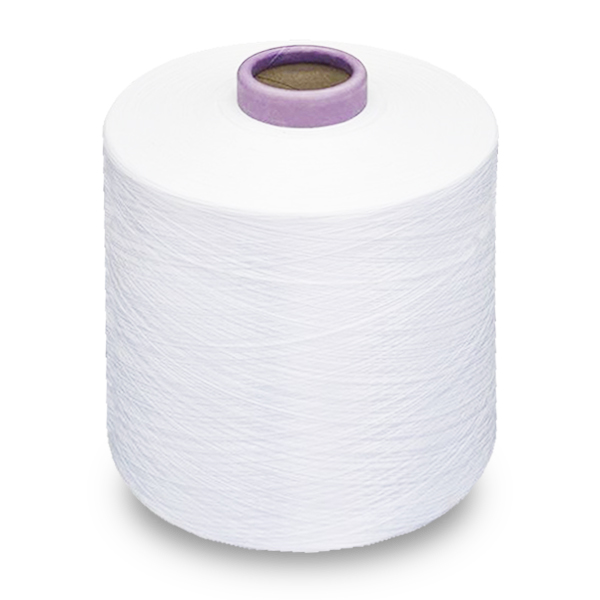
(34) Sawtooth edge
Appearance: The outermost edge of the two edges of the cloth is not straight, with zigzag curves.
Cause of formation:
1). The number of warp yarns used as selvage is too small, or the selvage yarn thread is not jointed again after breaking, resulting in the insufficient number of selvage yarns threads.
2) Too much shuttle force or tension from weft.
(35) Uneven let-off
Appearance: The density of the weft on the cloth surface varies slightly periodically, and it is regarded as a feeling of a few dense segments.
Cause of formation: The tension or rate of warp delivery during weaving is unstable.
(36) Leakage needle
Appearance: The distance between two rows of loops of knitted fabric is larger than that of normal fabric.
The line segment connecting the two lateral hairs tends to be straight.
Cause: When weft knitted fabrics are woven, a row of loops are less woven because the yarn is not eaten into the needle.
(37) Mismatching
Appearance: Fabrics dyed with yarn thread first or with yarns threads of different sizes in weave are not arranged in accordance with the design requirements, resulting in patterns or patterns that do not achieve the desired effect.
Most of them occur in strip cloth, plaid cloth and jacquard cloth with various warp sizes.
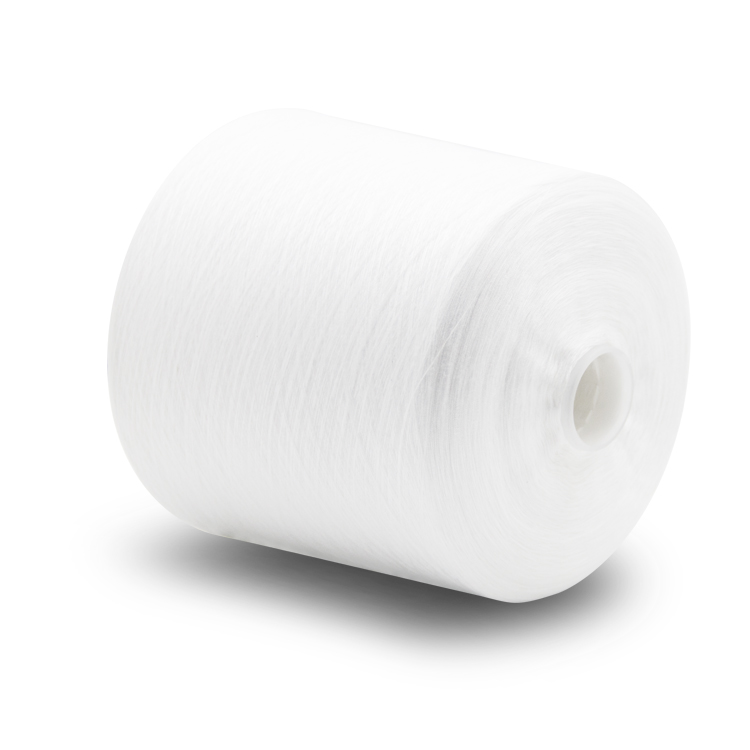
Causes:
1). The number of warp yarns threads of strip and checked cloth does not conform to the stipulation, or the number of weft yarns threads of checked cloth does not conform to the stipulation, resulting in abnormal shape of stripe and checked cloth.
2). Warping does not arrange warp yarns threads of different specifications according to regulations or weave weft yarns threads of different specifications according to regulations.
(38) Starch lump
Appearance: Dry pulp or spots appear on the fabric surface of the embryo cloth.
Cause of formation: Sizing slurry can not be completely gelatinized, sizing roller wear, roller surface uneven.
(39) Mould spot
Appearance: Gray-black or light-red mouldy spots appear on the surface of the embryo cloth.
Cause: Storage location humidity is too high, storage time is too long.
Woven Fabric - Finishing after printing and dyeing - defect Interpretation:
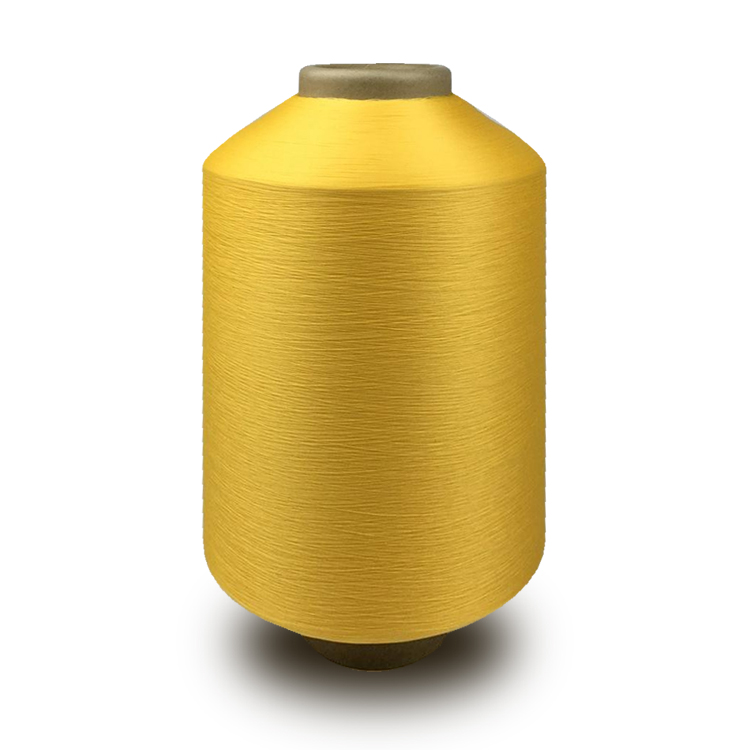
(1) Gasoline spot
Appearance: Most of them occur in E/R blended fabrics. After dyeing, there are oil droplet spots, which are darker than normal parts. With a magnifying glass, the plush in the dense part of the fabric shows tiny beads at the tip, and more plush than that in the normal part.
Cause of formation: This is due to uneven burning of wool, stained areas, Plush can not be fully burned, melting at the tip, strong color absorption, so the dyeing is strong.
(2) Bumang (Fuzz, Nap)
Appearance: After dyeing and finishing, the fabric still has fine plush, which is different from the color of the cloth pattern.
Cause of formation:
1). The hairiness of the cloth surface was not fully burned.
2). When dyeing with liquid flow dyeing machine, the nozzle jet is too strong.
(3) Inperfect Penetration of dye
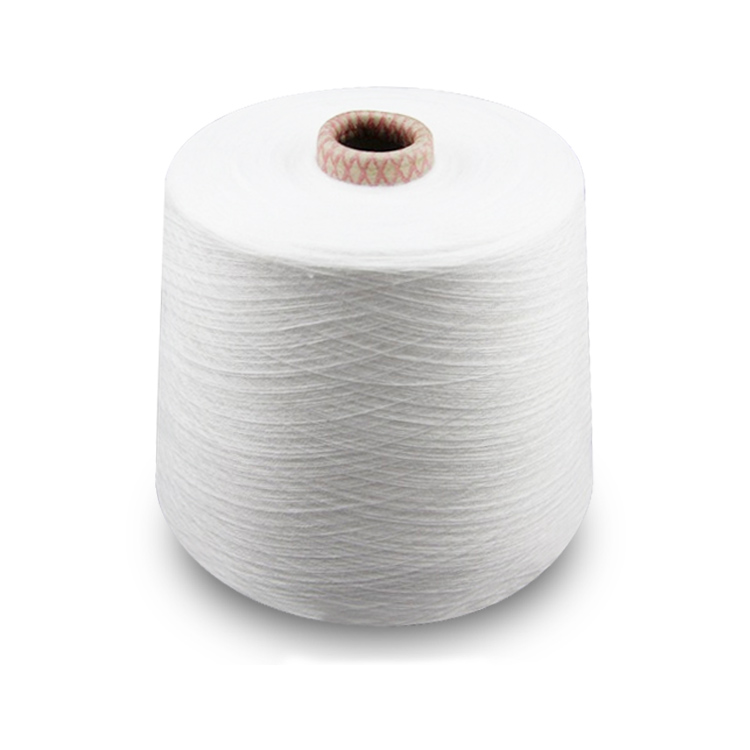
Appearance: In the longitudinal or longitudinal direction of dyed fabrics, the color of straight strip is different from shade.
Cause: When dyeing, the warp yarn of the fabric moves, resulting in uneven yarn thread alignment density, large and small gaps between adjacent yarns, resulting in visual shallowness and depth.
(20) Carrier spot
Appearance: The fabric dyed with polyester fibers has dropwise dense spots.
Reasons:
1) When polyester fabric yarn thread is dyed in bath at atmospheric pressure, spots are formed on the fabric surface after dye absorption due to poor dispersion of dye guide.
2). The volatile dye conductor in atmospheric dyeing condenses on the top of the machine and drops onto the dye.
(21) Warp stripe
Appearance: Pick dyed shuttle fabric with rainy stripes in the warp direction. Seriously, it can also be seen on the cloth surface of the embryo cloth.
This kind of defect will show significant and insignificant differences because of the brightness of the inspection site, the direction of observation and the distance.
Cause of formation:
1). Because of the difference of yarn thread count, evenness, twist number and yarn thread cross-sectional shape, etc.
2). Improper dyes are selected, especially when dyeing green.
3). If polyester is used to process silk fabrics, the desizing treatment before dyeing is improper, and there is paste in the part, which is less colorful and lighter in dyeing, and shows warp streaks.
(to be continued)




